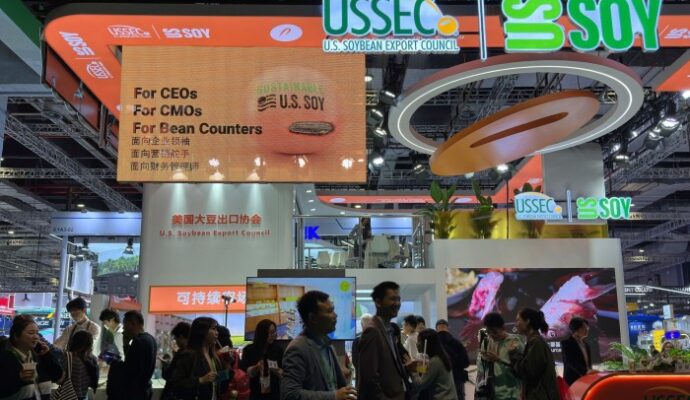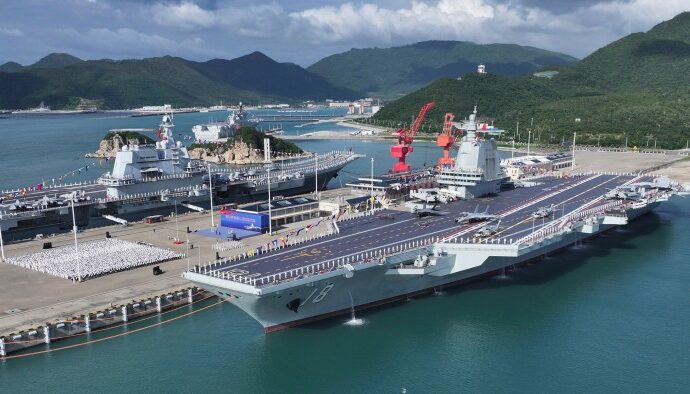
Unlock the Editor’s Digest for free
Roula Khalaf, Editor of the FT, selects her favourite stories in this weekly newsletter.
As tensions with the west have intensified, Beijing has shown its readiness to weaponise its control over rare earths. A wave of new Chinese export restrictions on the group of 17 metallic elements this year has unsettled manufacturers worldwide that depend on them to produce everything from smart devices and electric vehicles to military equipment. Alternatives remain limited: China accounts for 66 per cent of all mined supply and 88 per cent of global refined supply. Following the October 30 summit between US President Donald Trump and Chinese President Xi Jinping, Beijing delayed some of its planned controls. But the demonstration of dominance was made.
China’s near-global monopoly in rare earths will not be usurped soon. It has achieved its grip, overcoming the hold the US once exerted, since the 1980s through decades of strategic planning and sustained state support, which shows no sign of abating. Efforts to reverse things and replicate China’s supply chain elsewhere today would be costly, time-consuming and inefficient. Still, given Beijing’s power over essential industrial production, and its willingness to leverage it, nations have no option but to develop buffers and diversify their suppliers.
Beijing’s curbs have already prompted action at the national and regional level. This year, the Trump administration has signed deals with several countries to secure supplies and invested in domestic miner MP Materials, while also guaranteeing a price floor for some of the company’s production. The EU has set targets for domestic rare earth production, supported by faster approval processes. Beginning to shift the balance will take time, but co-ordinated international coalitions could lower some of the obstacles and speed up the process.
One issue is that, although rare earths are actually as abundant in the earth’s crust as other key metals, their deposits are scattered and difficult to access. China holds nearly half of the world’s known reserves. Brazil, India, Australia and Vietnam account for around 40 per cent. The US has just 2 per cent.
Mining also involves heavy upfront capital expenditure and faces volatile prices. Governments need to support extraction with incentives, including price insurance. The costs and risks — including China’s ability to flood markets with cheap supply — could be mitigated through combined investment, offtake agreements that lock in demand, and accelerated permit procedures. The G7’s pledge to create standards-based markets that ensure traceability would further strengthen this co-ordination.
Expertise across the rare earth supply chain is also unevenly distributed. Countries rich in reserves may excel at extraction but can lack refining and processing capabilities. Outside China, Malaysia, Japan and even the EU have specialisms in processing certain minerals. Joint efforts are also needed to advance research and development. For instance, rare earth recycling, which is still in its infancy, could cut the need for new mines while limiting environmental harm. Finding alternatives can help too. Carmakers are already developing rare-earth-free technologies for magnets and motors.
Global leaders have been asleep at the wheel as their economies have become dependent on China’s low-cost rare earths. Beijing’s willingness to exploit that oversight is a valuable card in its stand-off with the US. Western countries now have no choice but to accelerate their own access to rare earths. China will not be cut out of supply chains, but its ability to wield the rare earths weapon can be reduced. That means teaming up, pooling expertise and innovating, just as Beijing’s has done in the face of US restrictions on advanced chips. Building up resilience will take years. But a lack of concerted action today only strengthens China’s hand.


